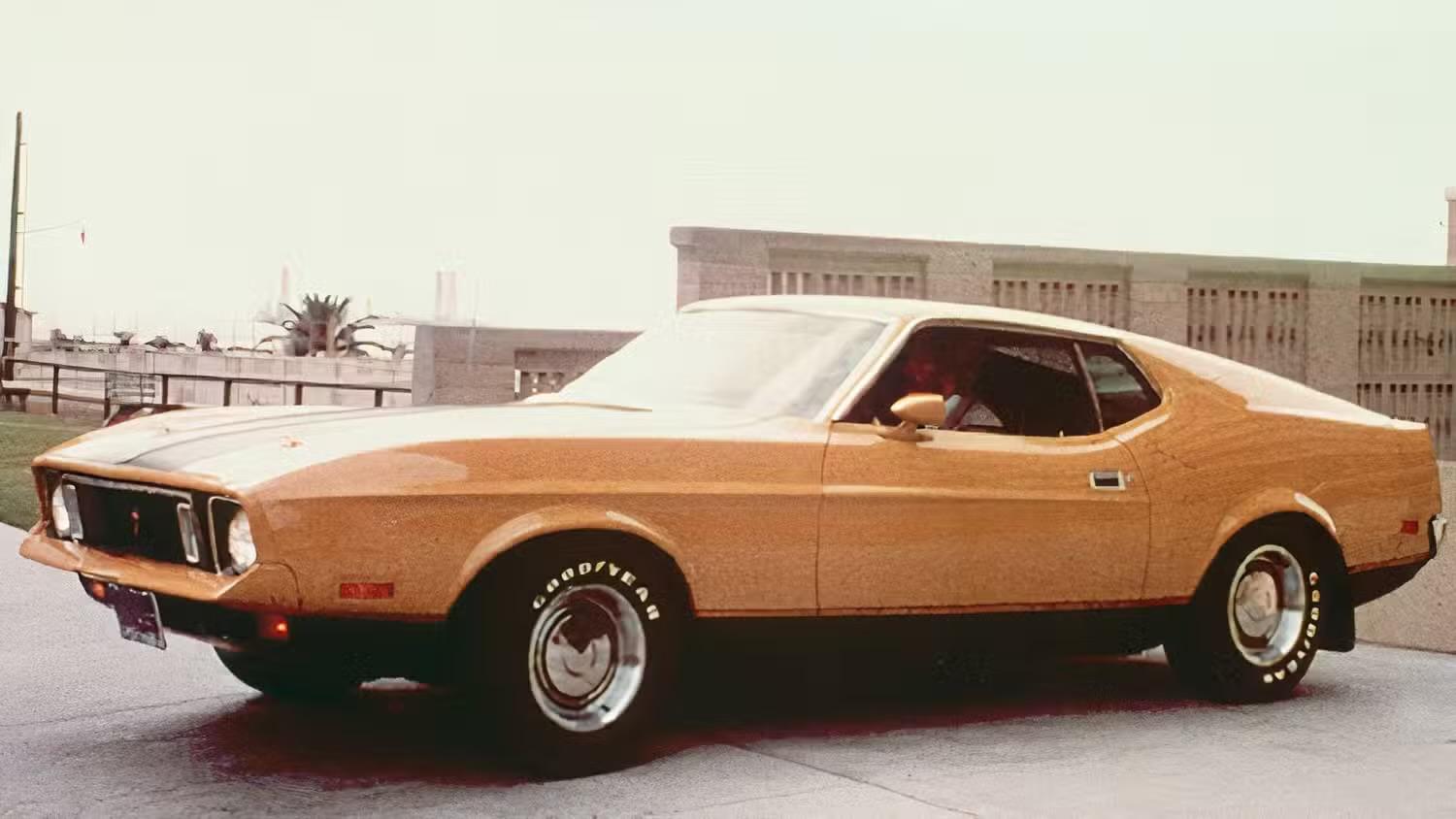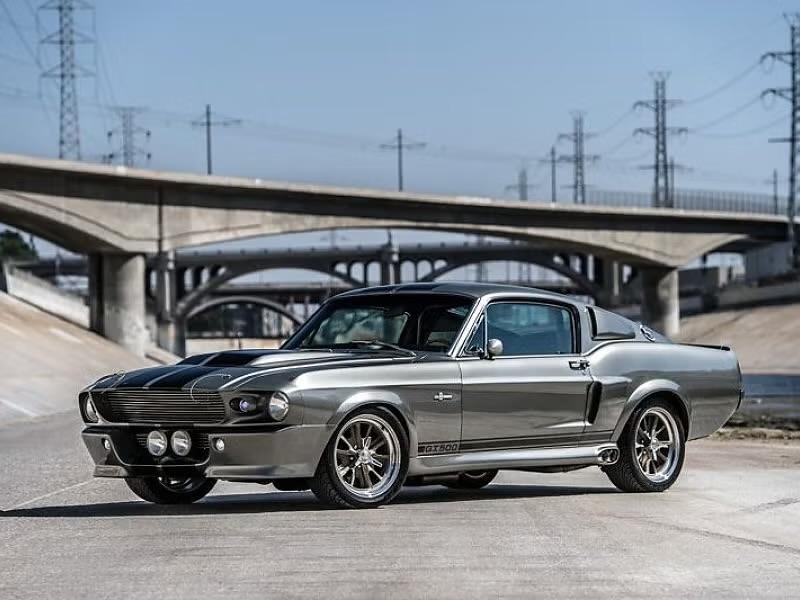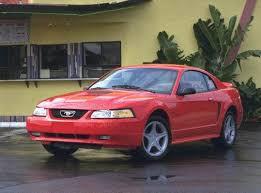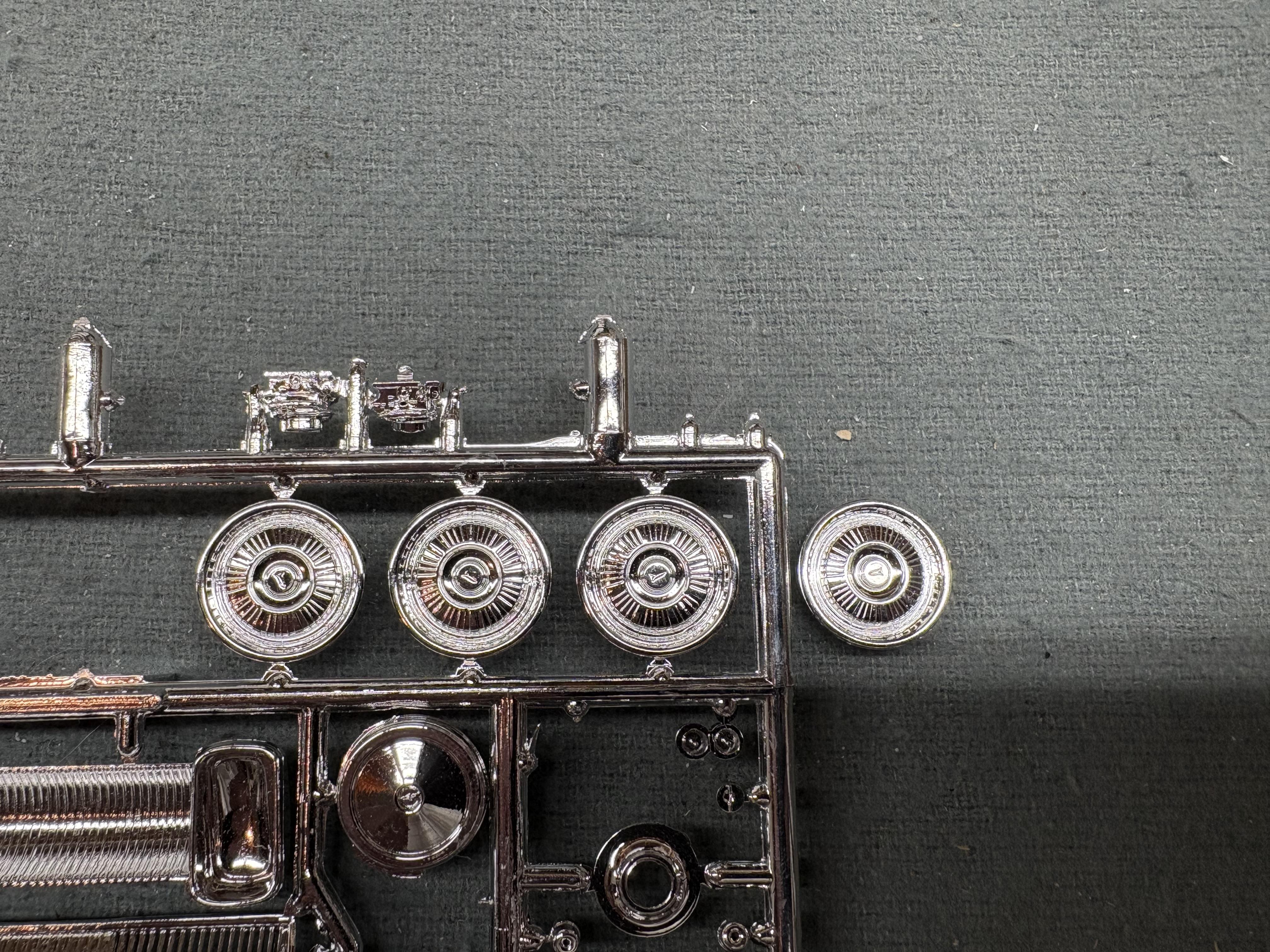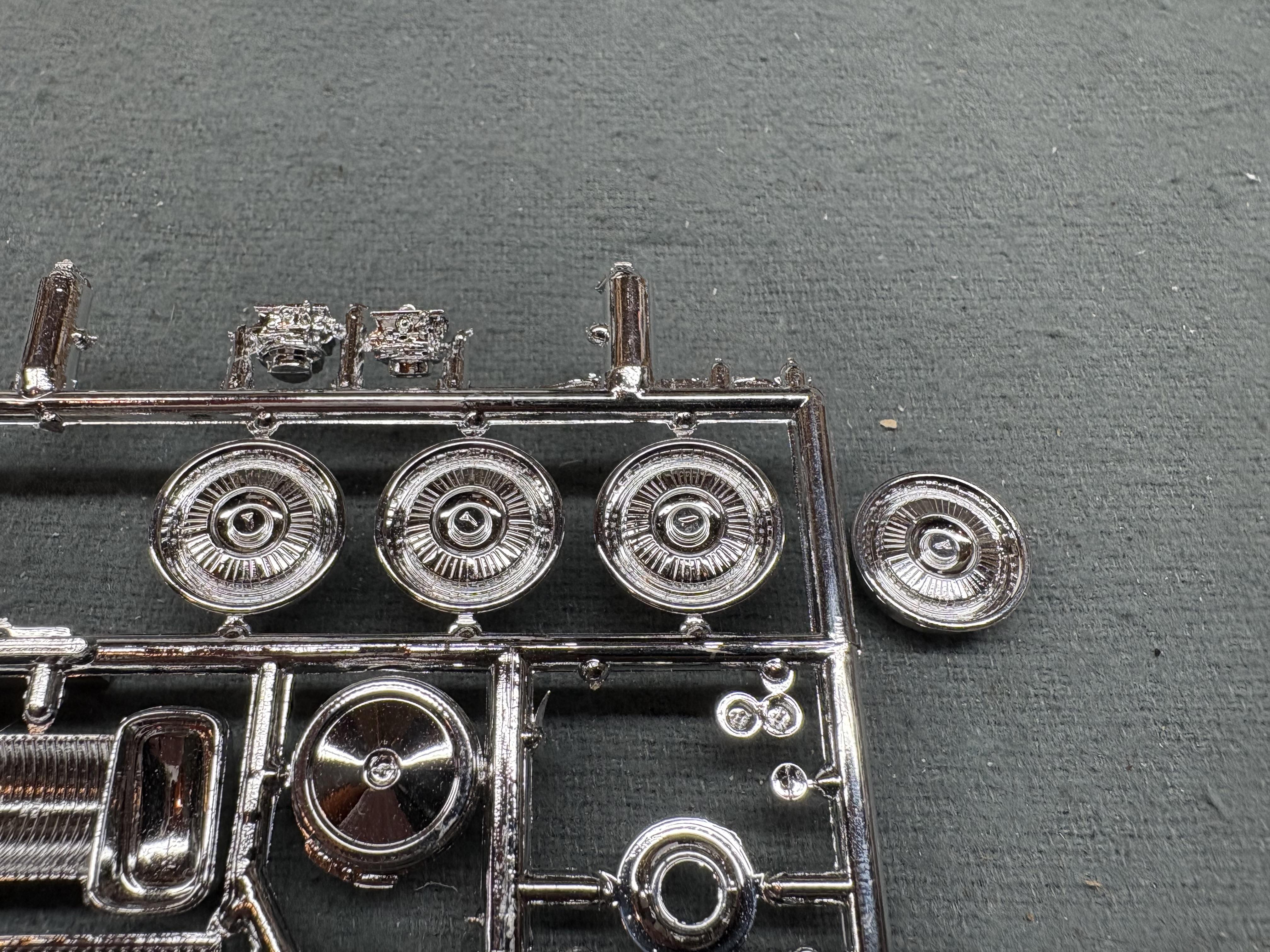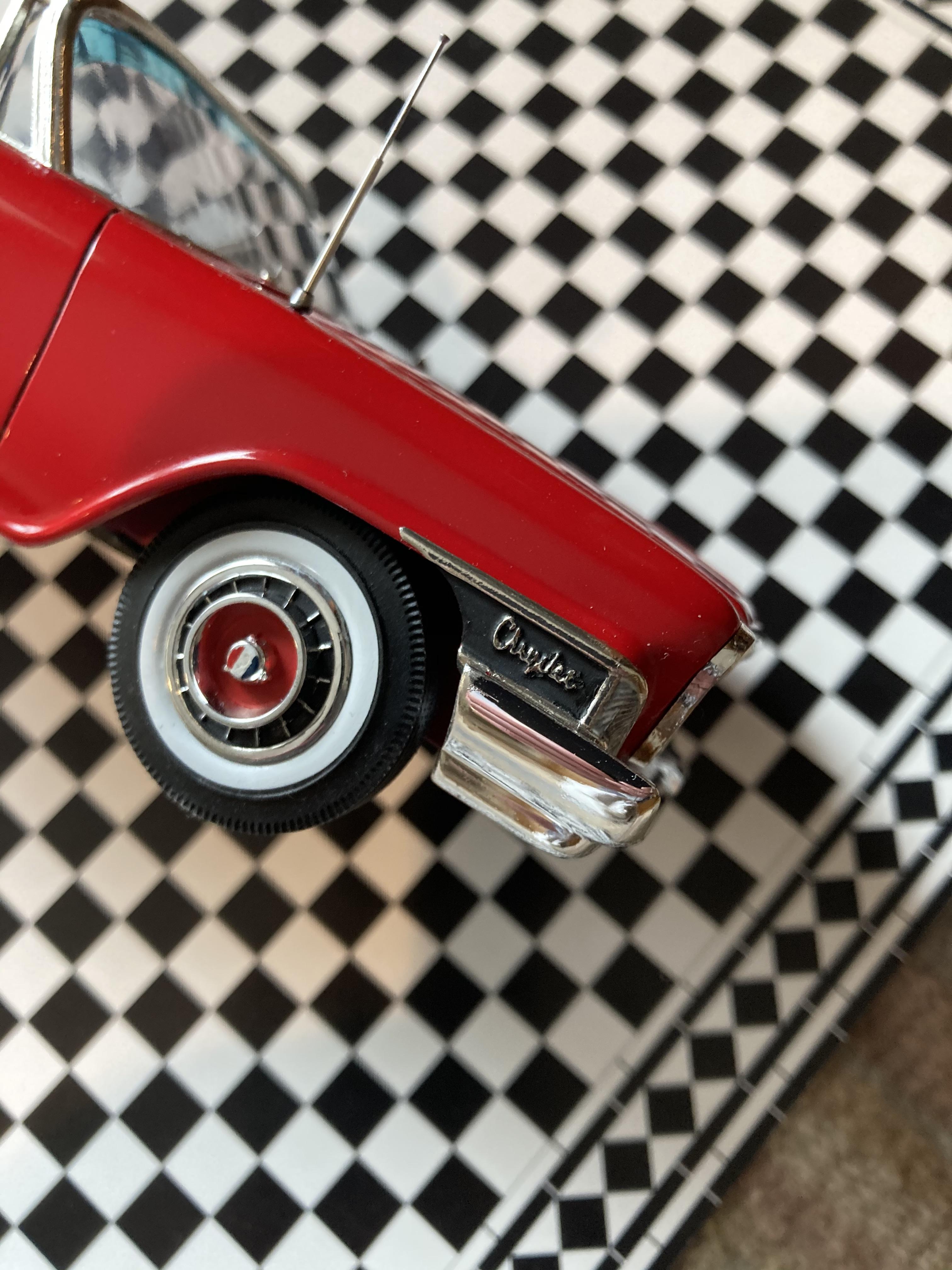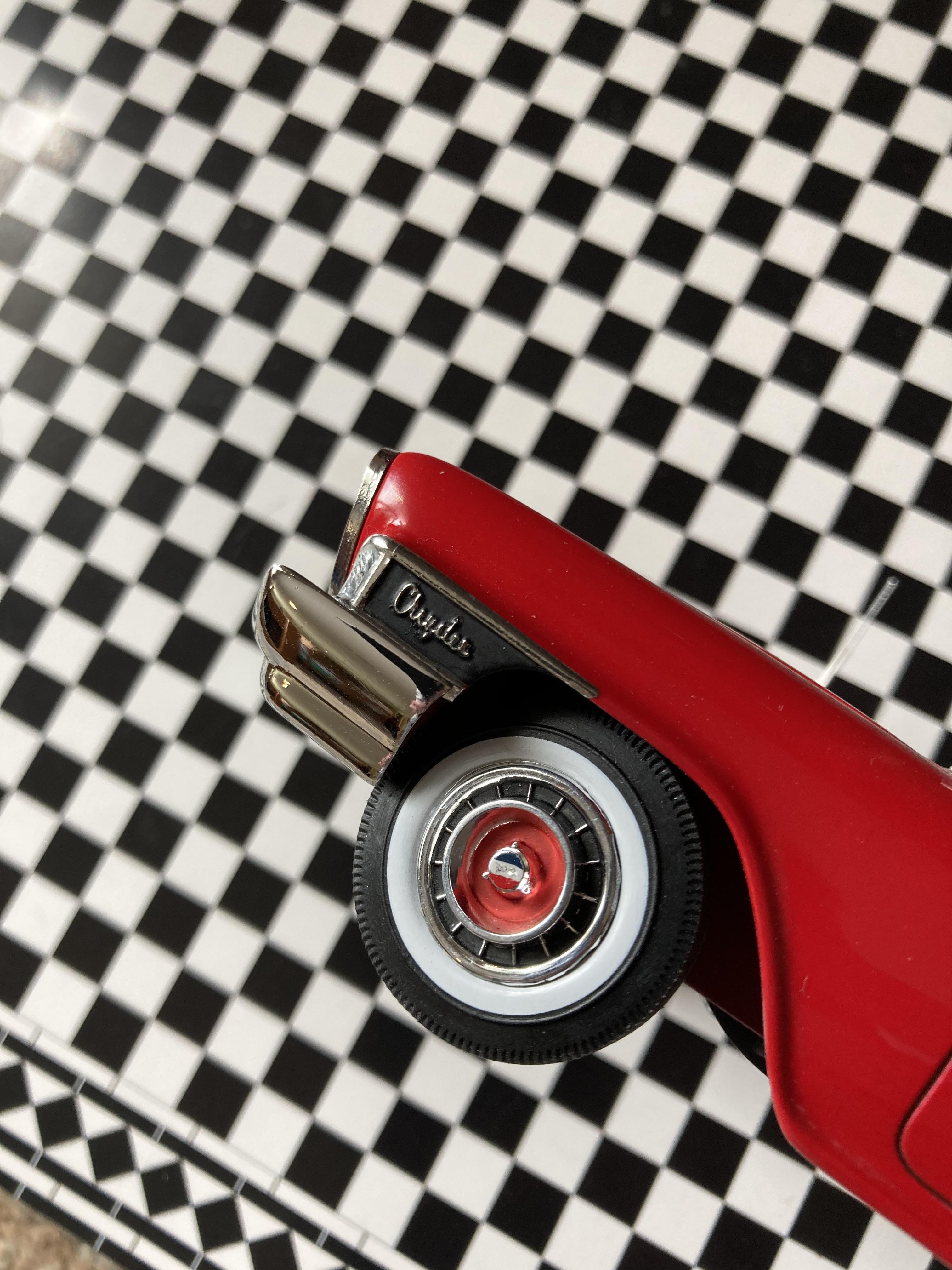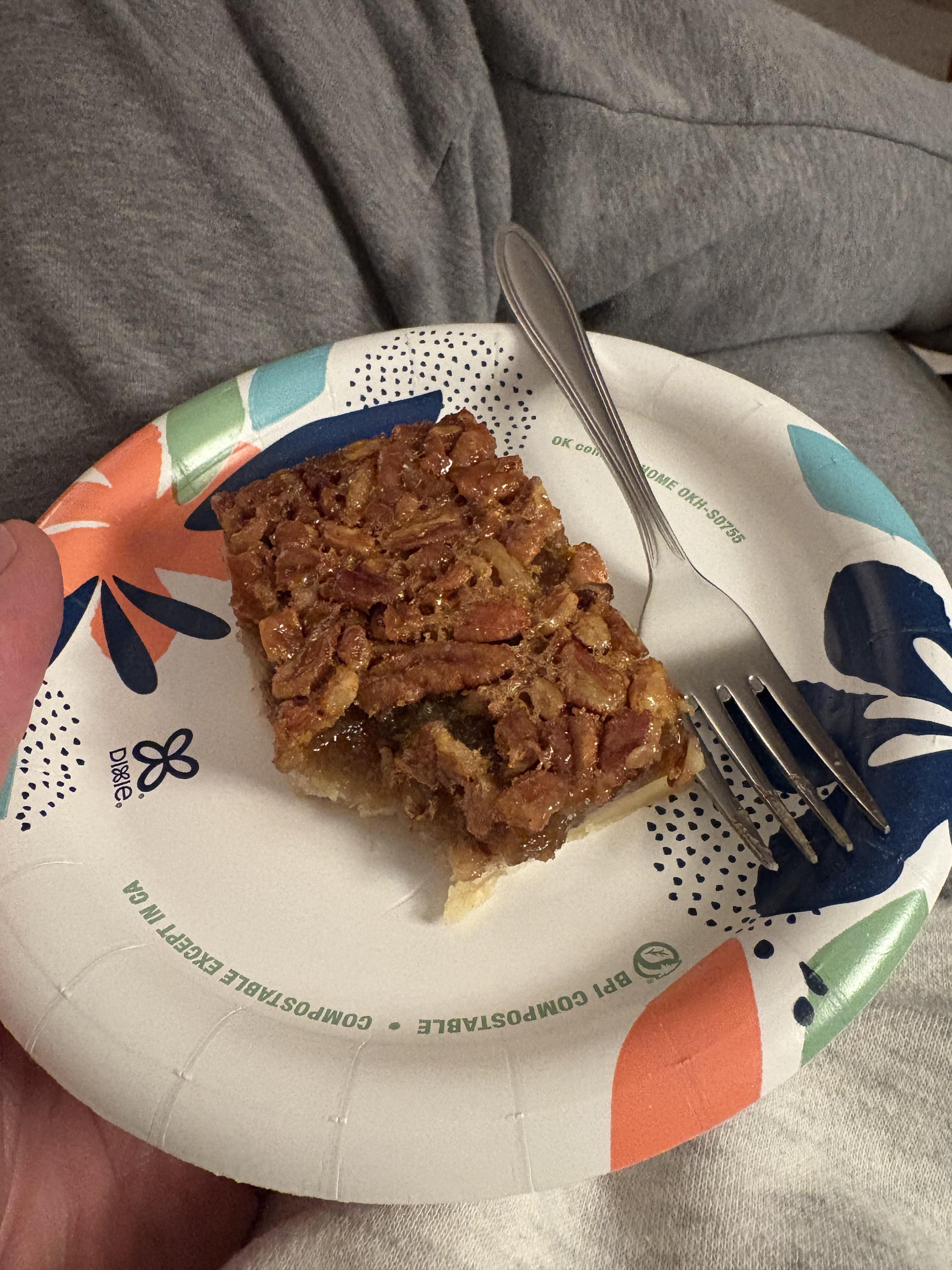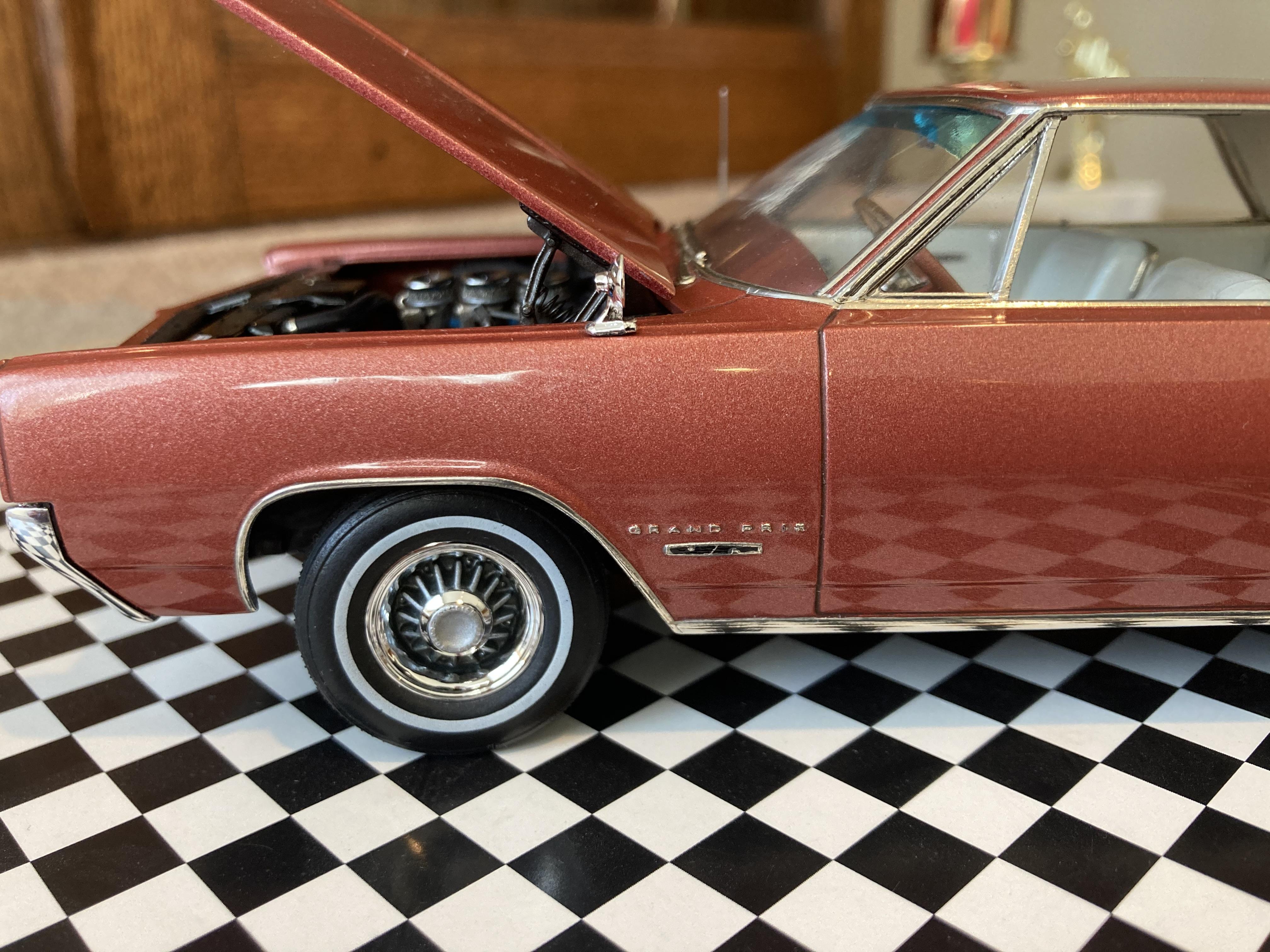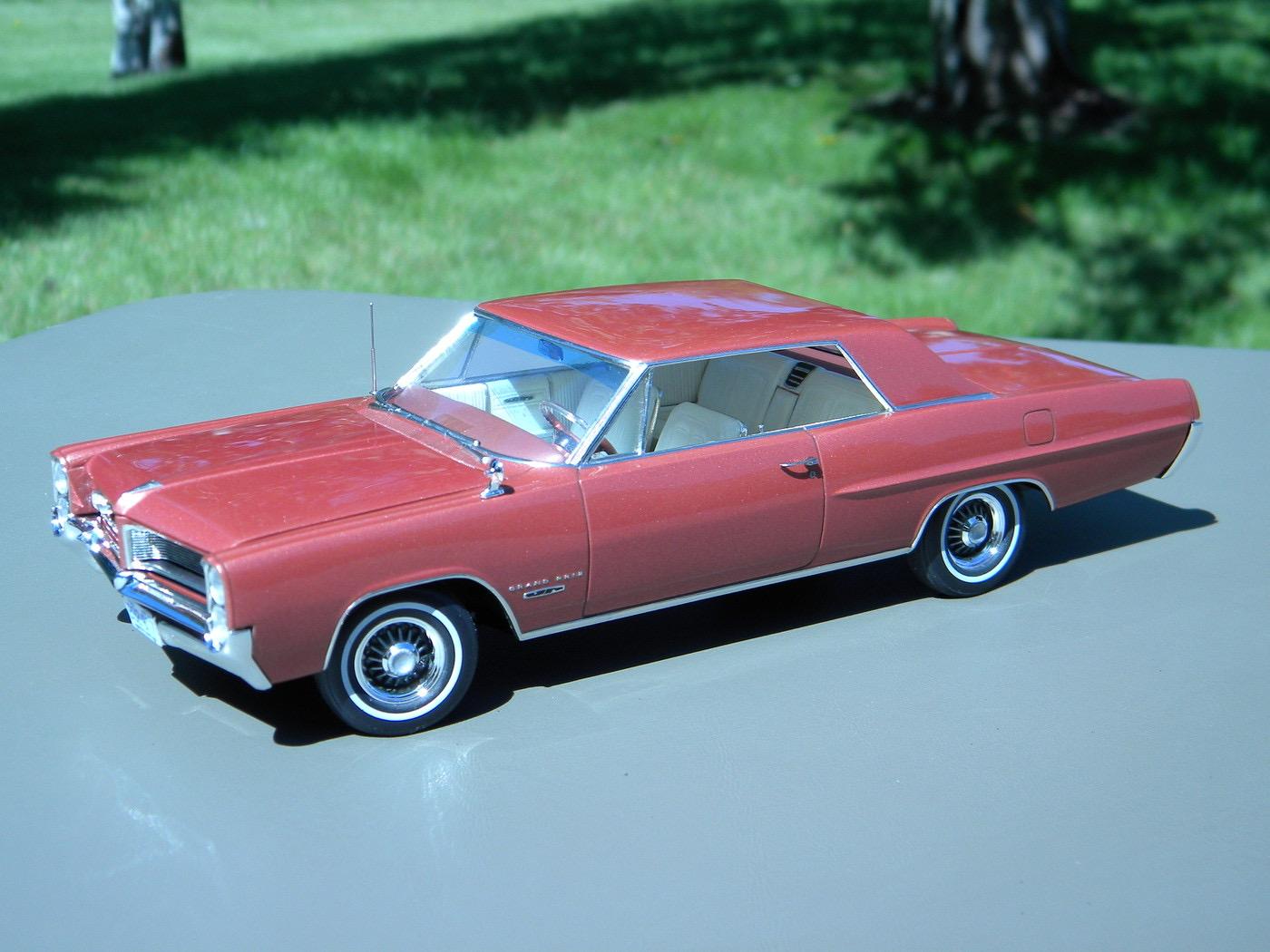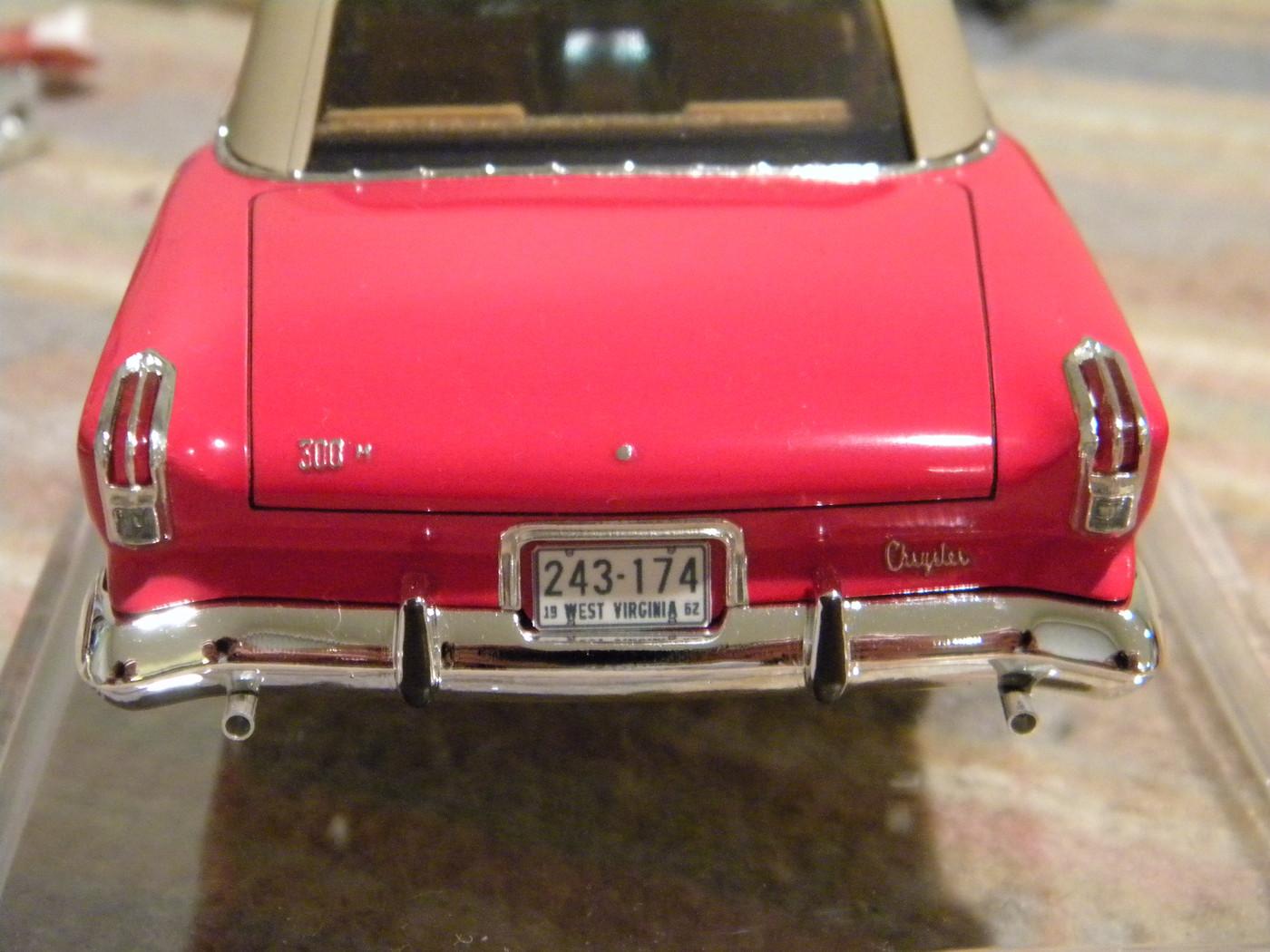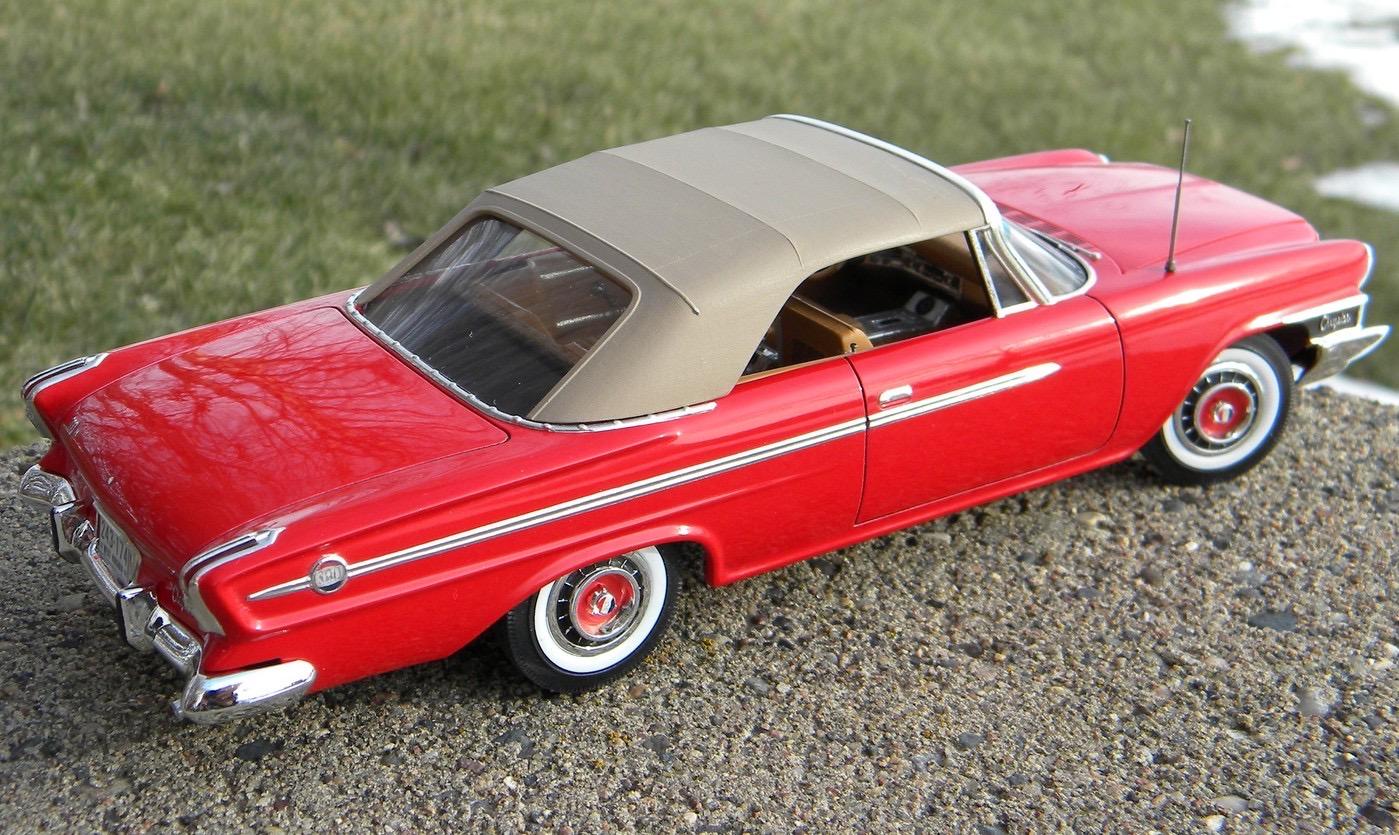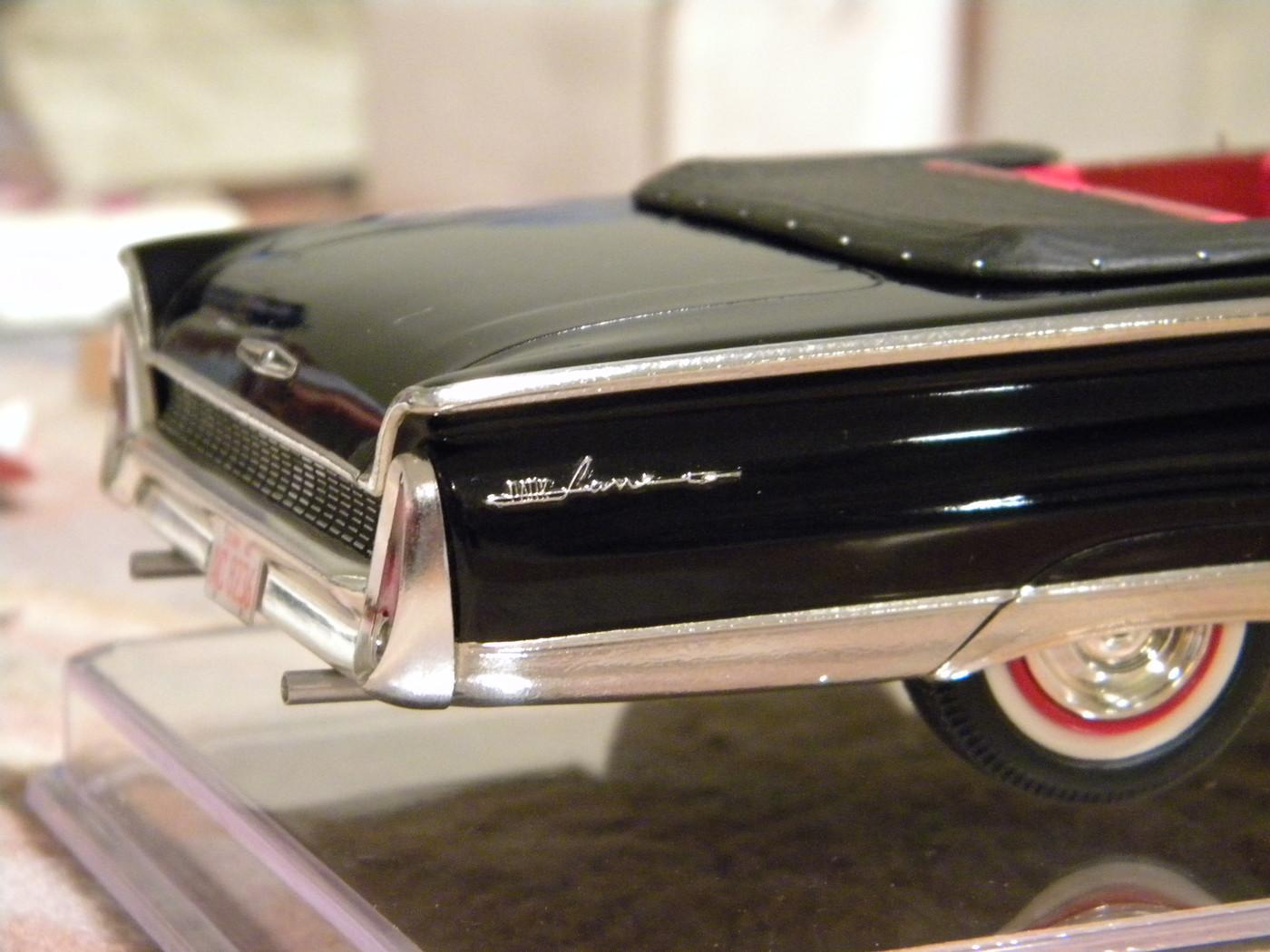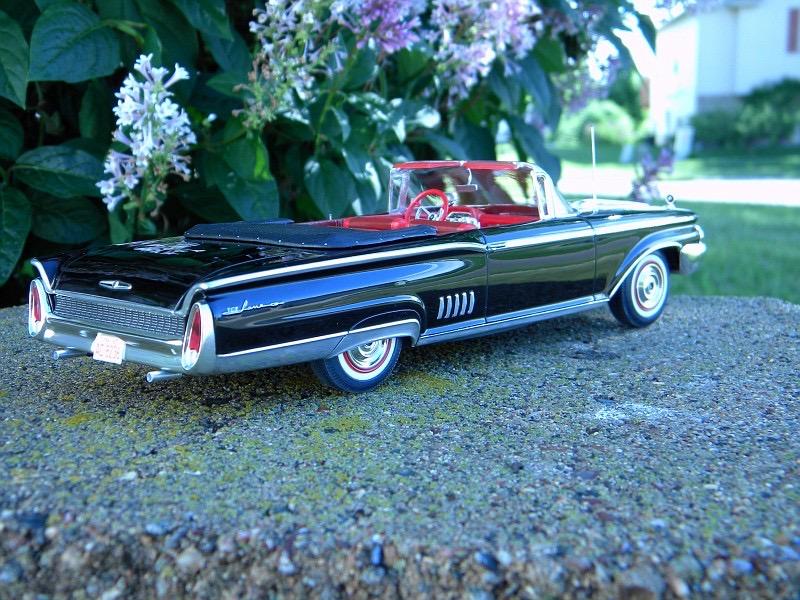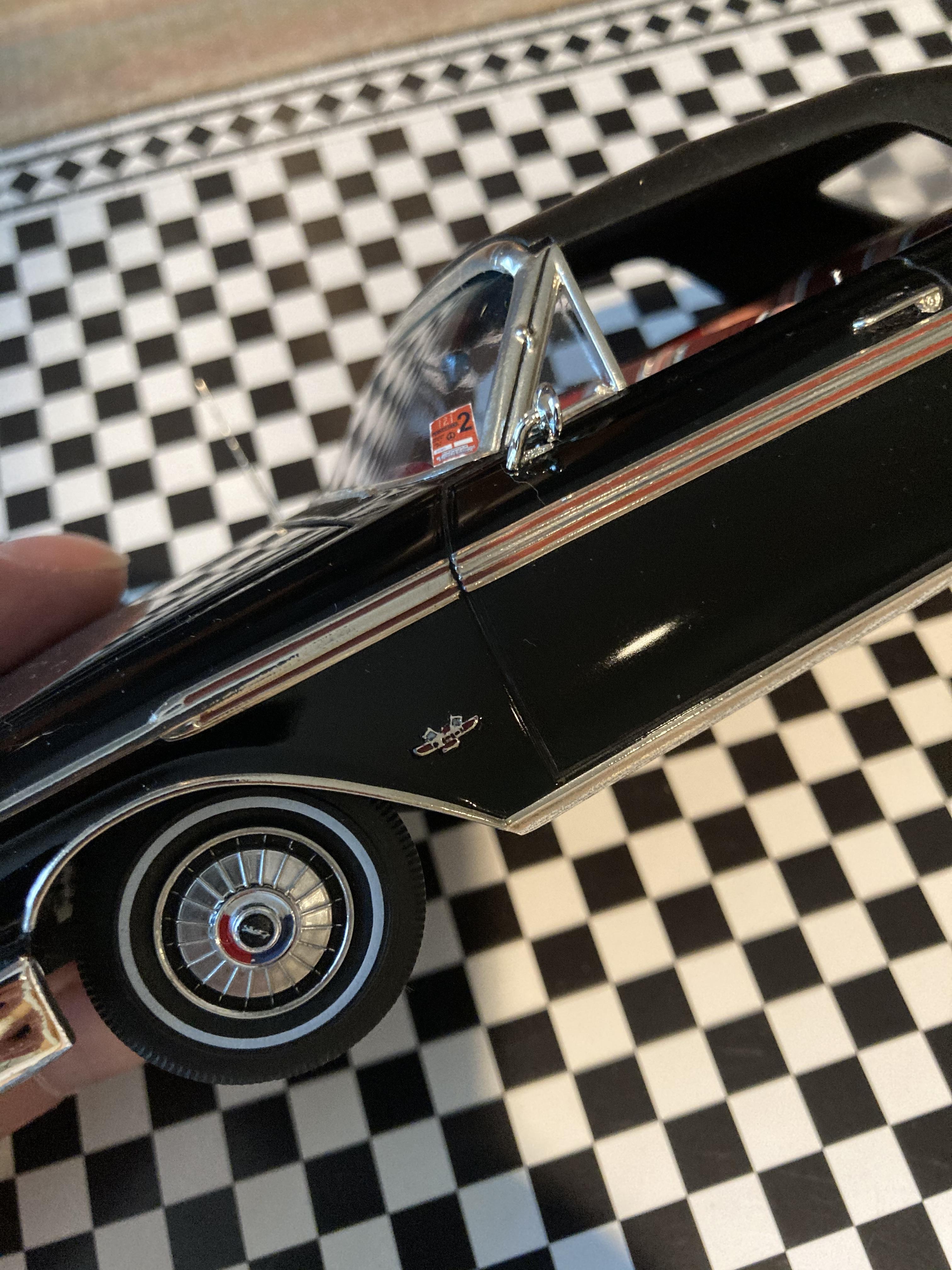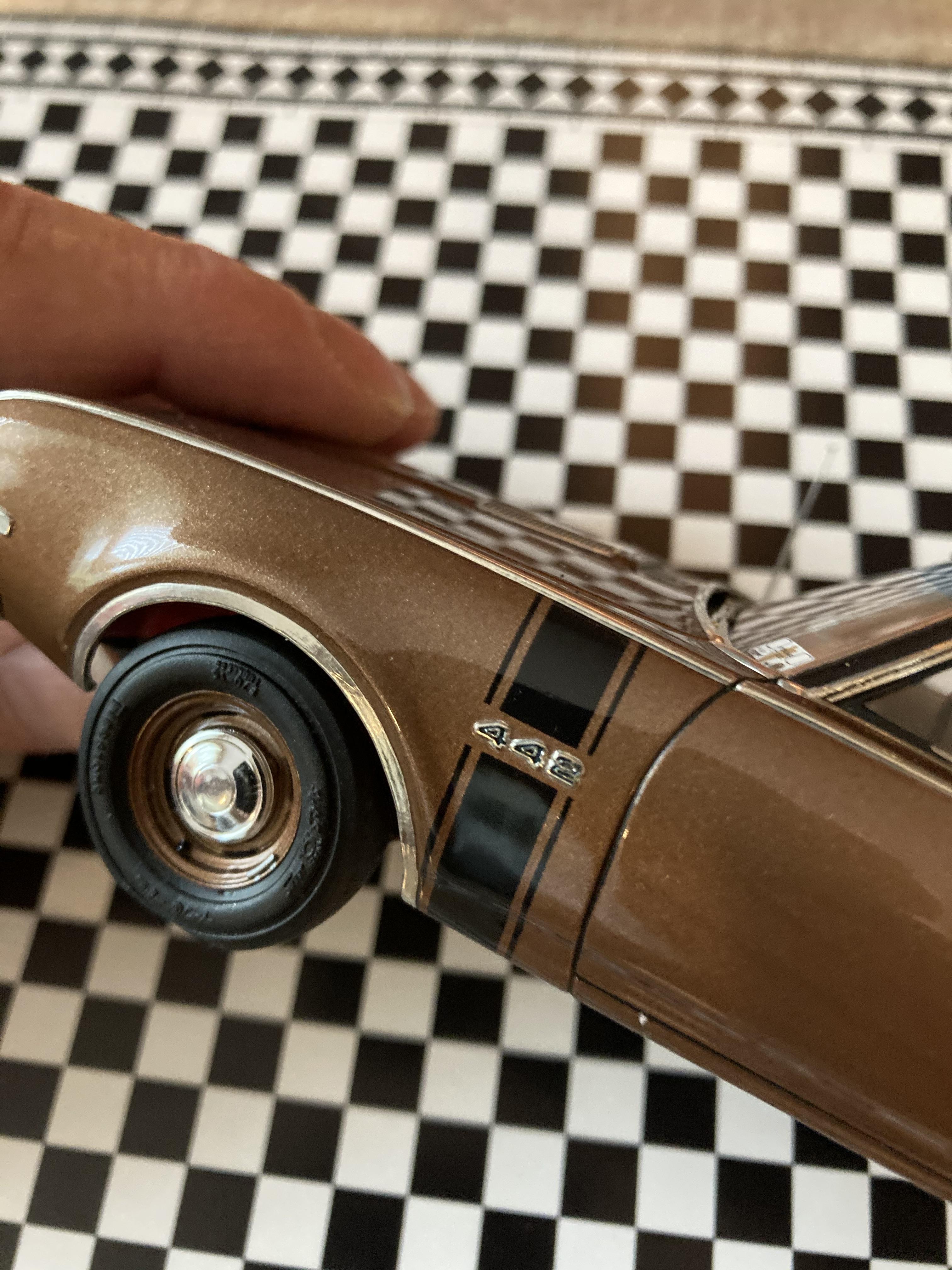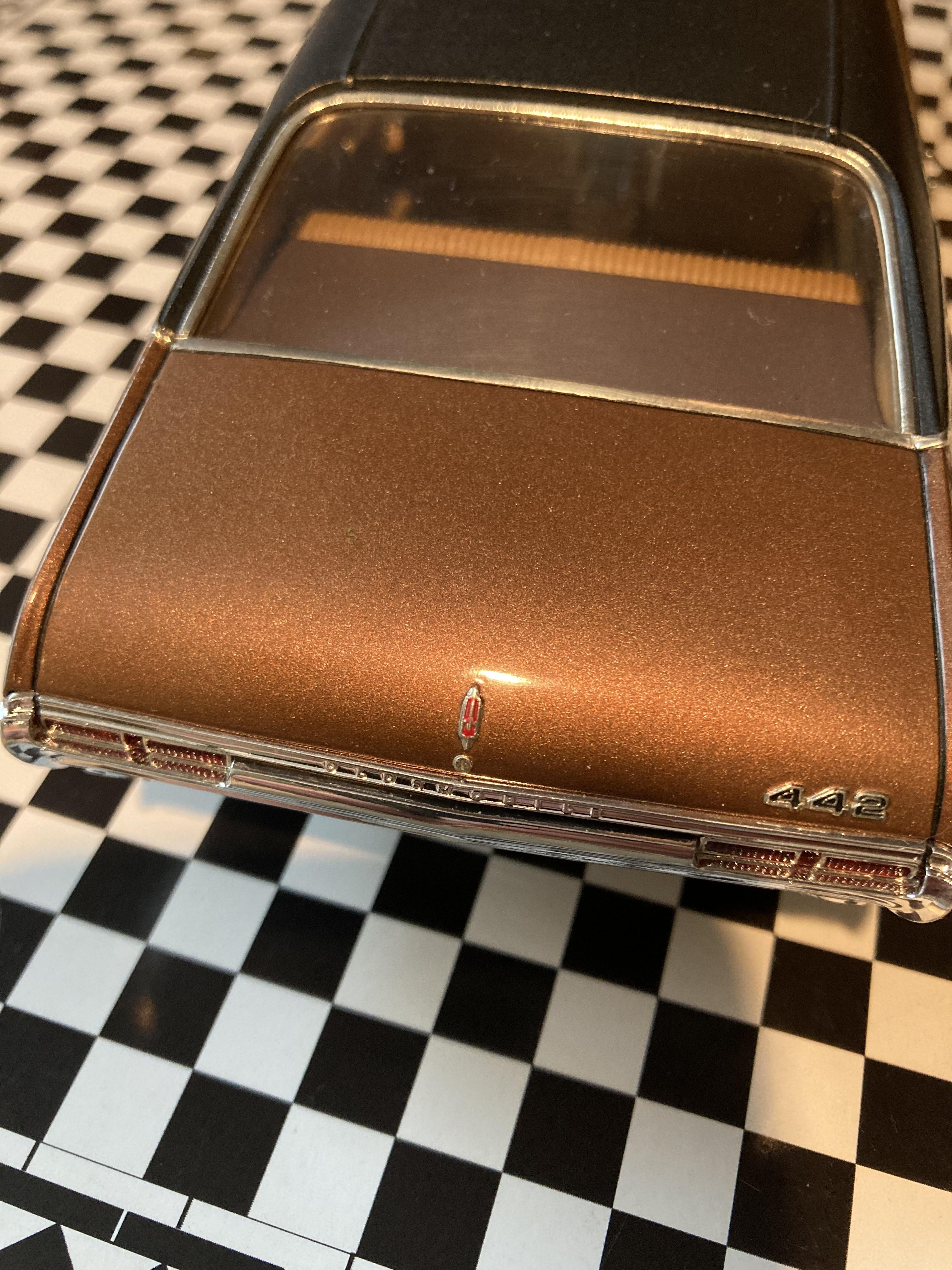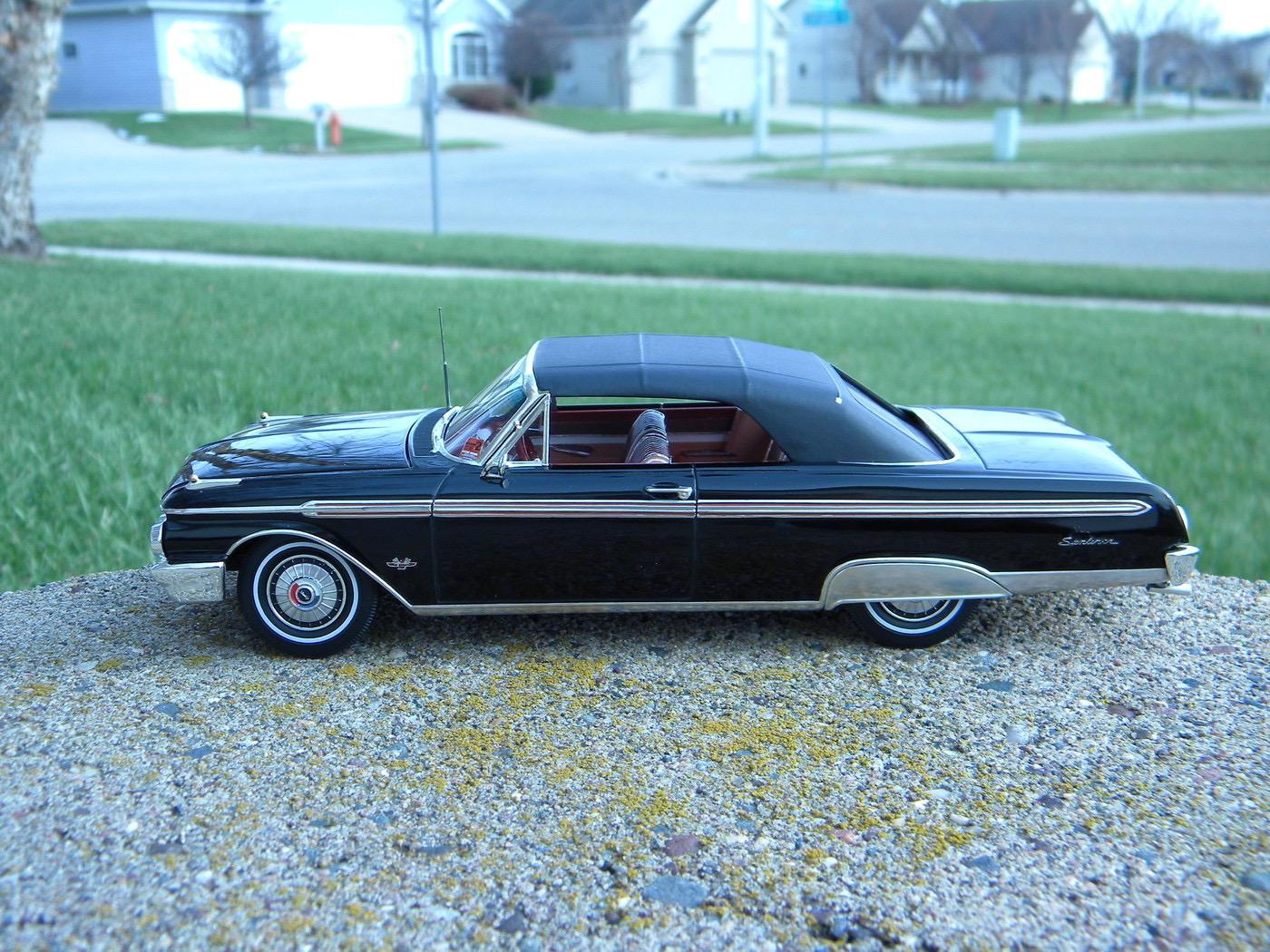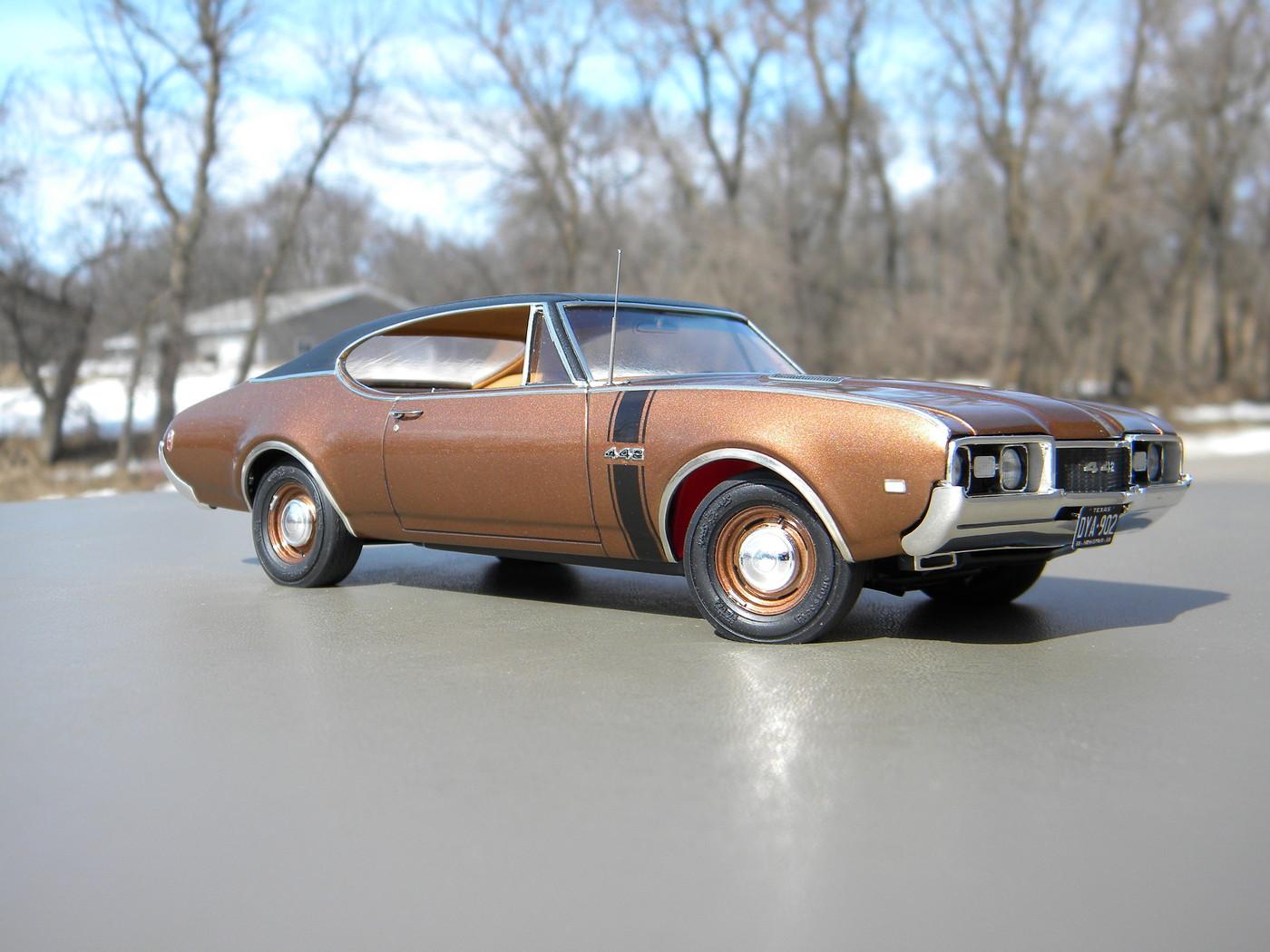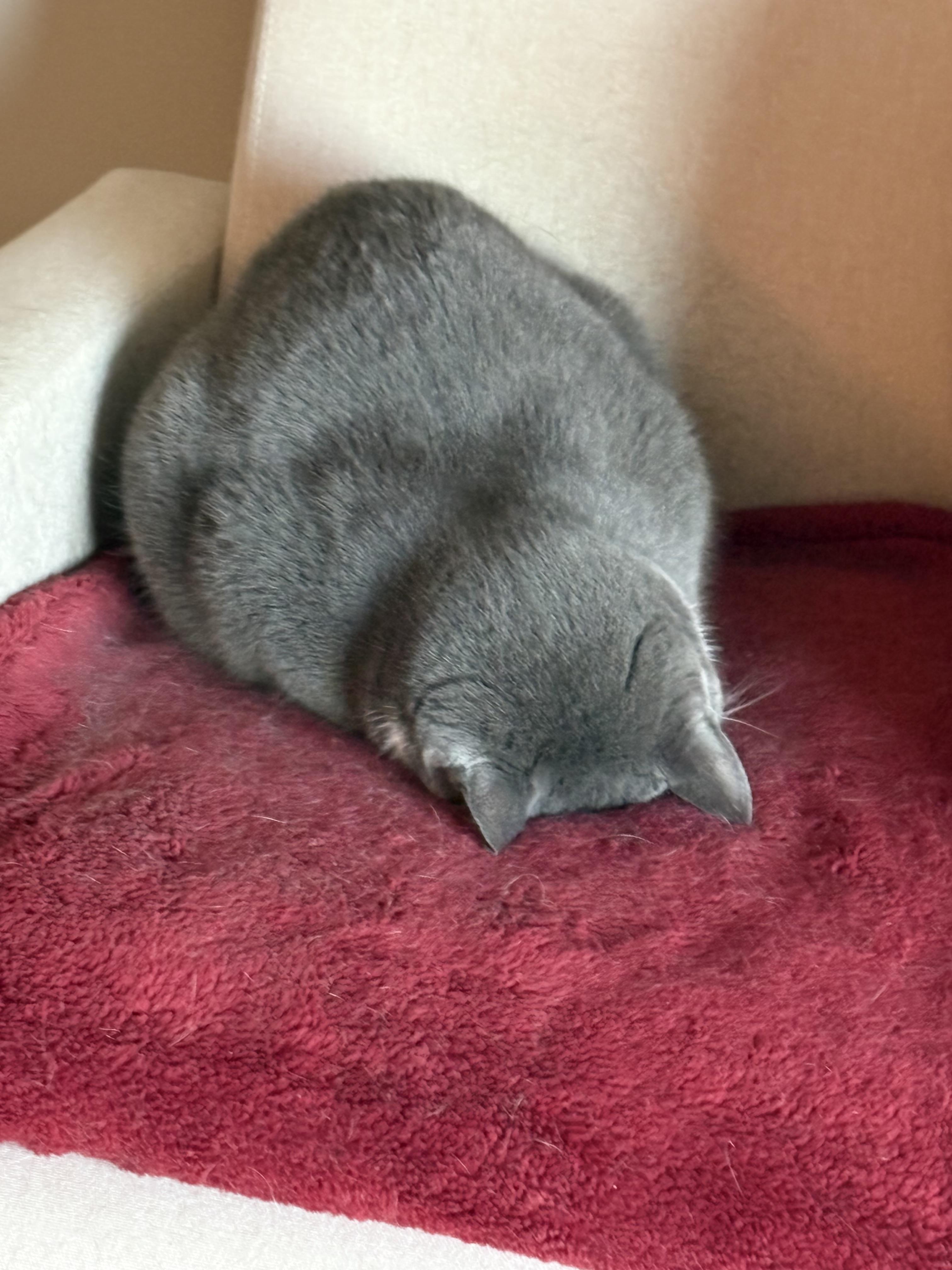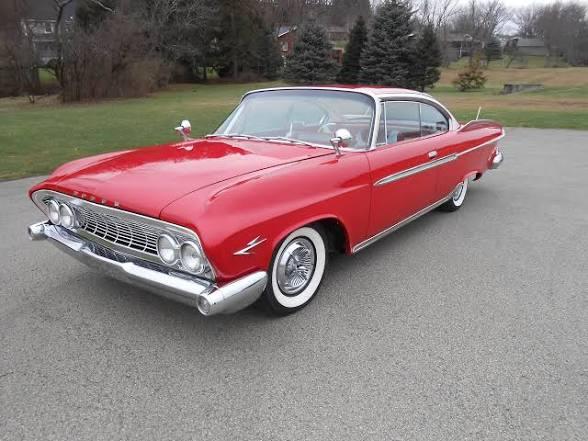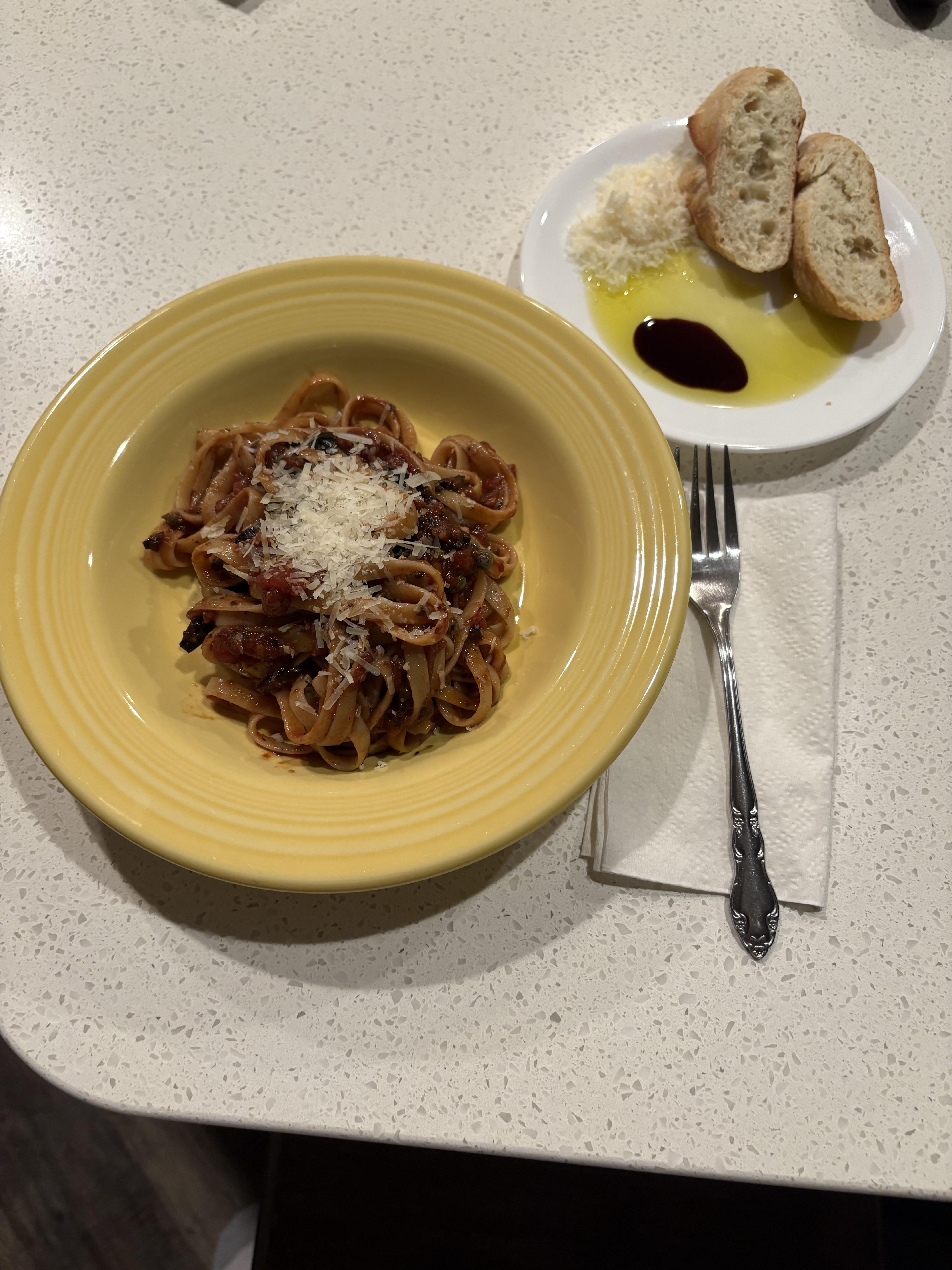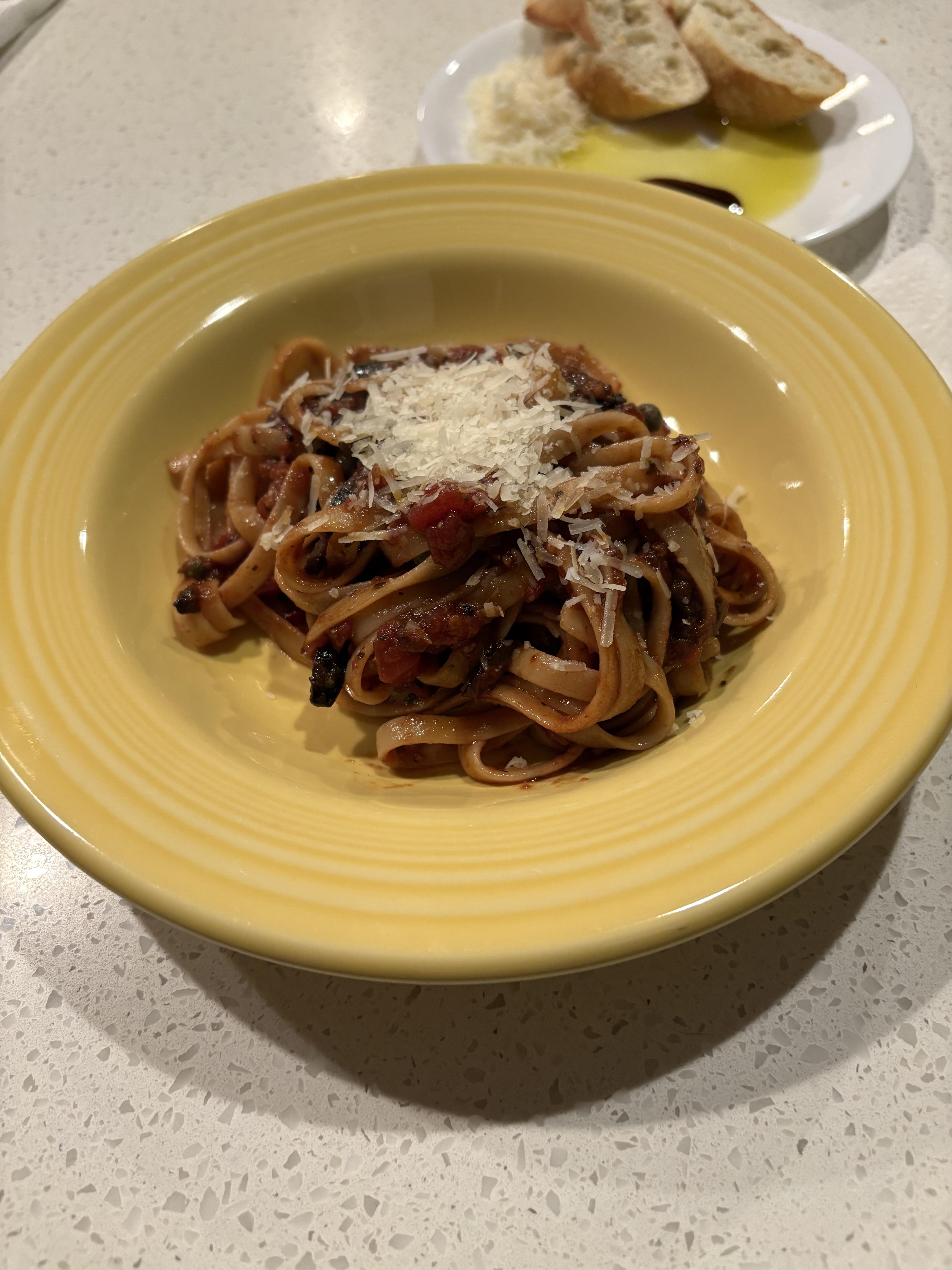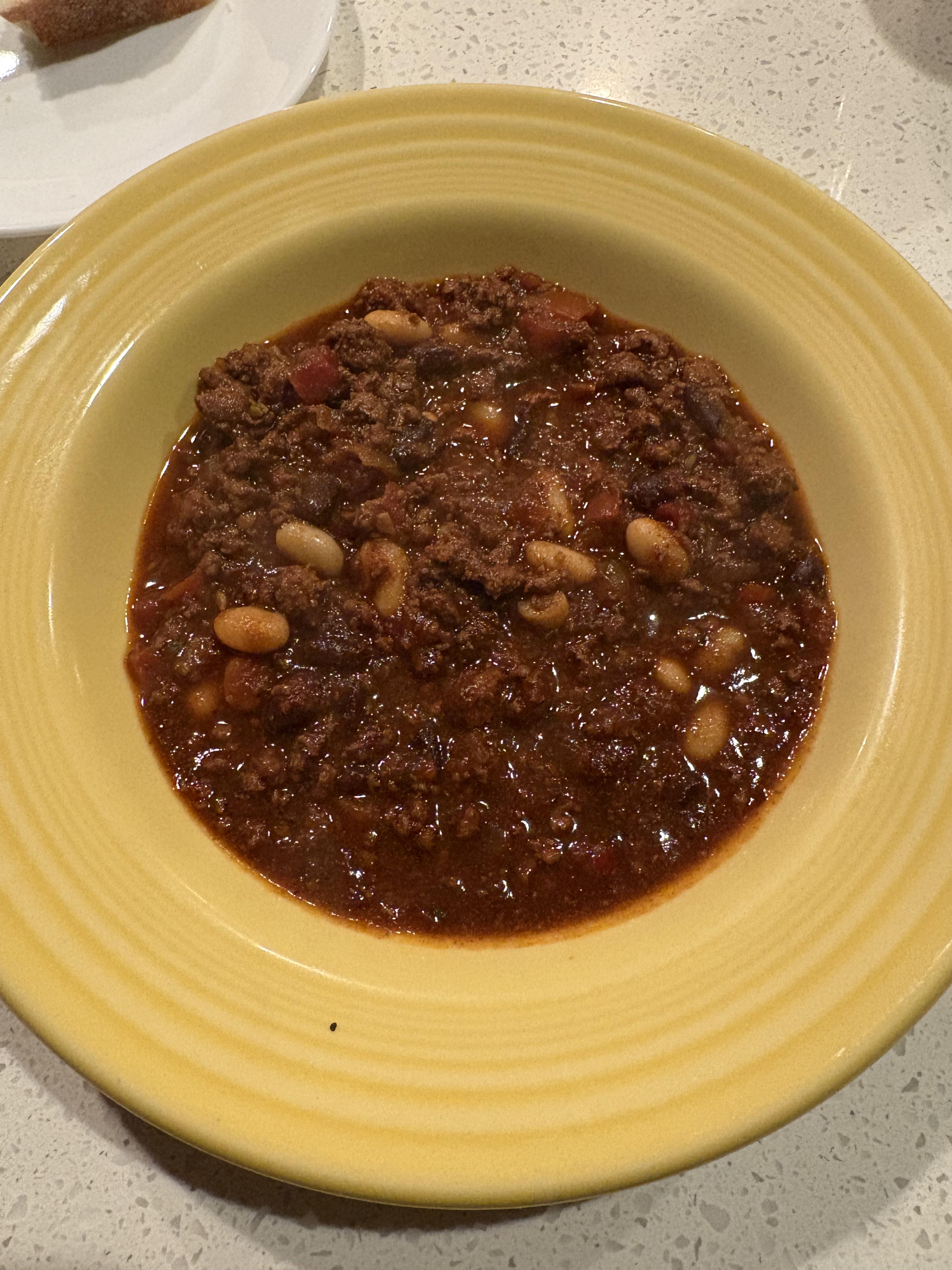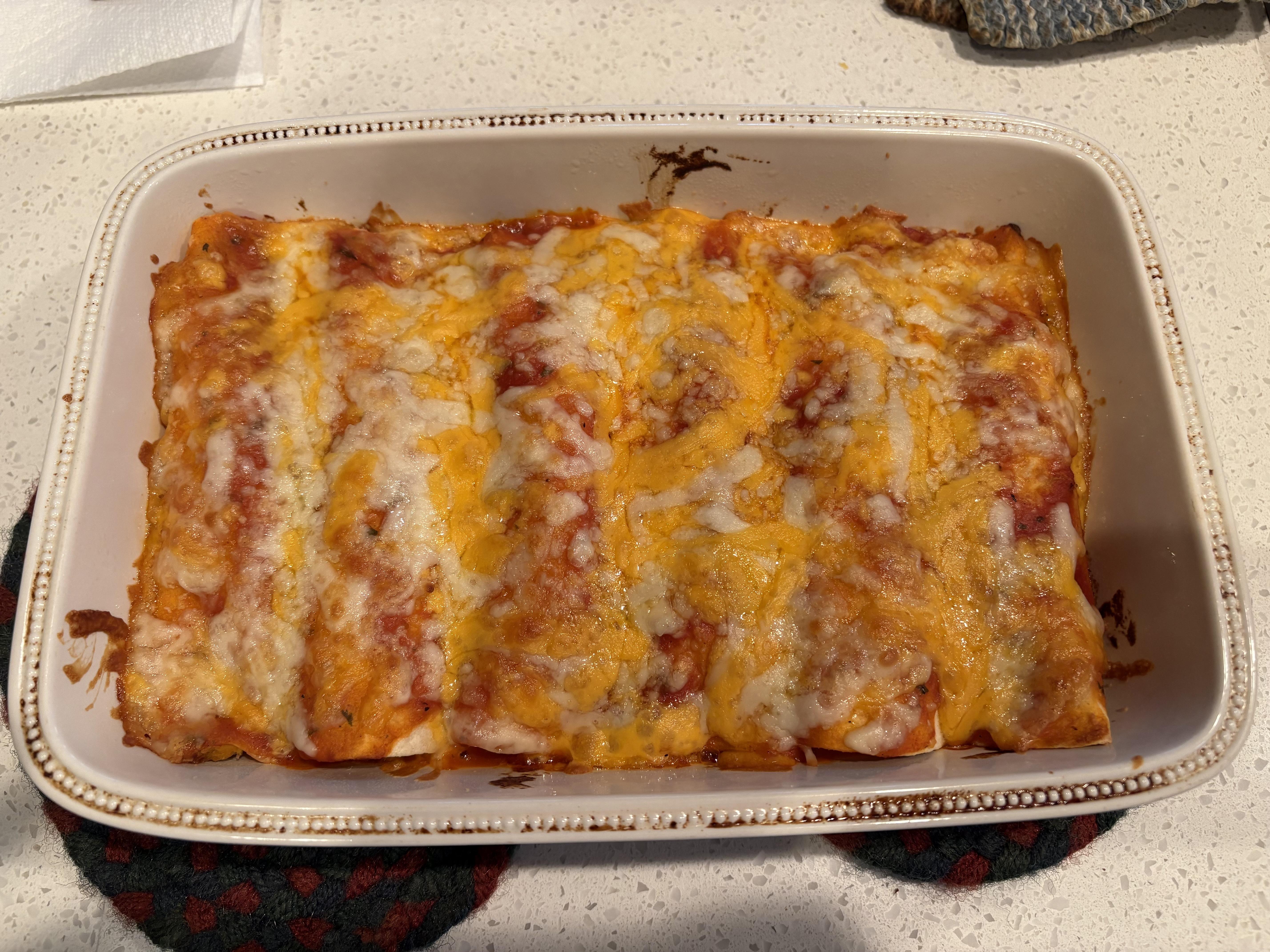-
Posts
15,064 -
Joined
-
Last visited
Content Type
Profiles
Forums
Events
Gallery
Everything posted by StevenGuthmiller
-
In all fairness, what we think of as “Eleanor” was already a “remake”. The original “Gone in 60 seconds” film from 1974 did in fact feature a “modern” 1971 Mustang. The 2000 film actually “regressed” to a ‘67 Shelby. Even the producers of the 2000 film knew that in order to produce an iconic movie car, a 2000 Mustang wasn’t going to cut it. 1974 Eleanor: 2000 Eleanor: Alternate 2000 Eleanor? Not even!! I certainly wouldn’t risk prison for stealing this! 😏 Steve
-
There is no other Christine. That’s like trying to substitute some pile of modern plastic for the Bandit T/A or the Bullet Mustang. Blasphemous!! I would just as soon see somebody in Hollywood come up with an original idea for a change instead of remakes, sequels, prequels, etc, etc, etc. If I have to see one more commercial for the latest of a hundred rehashed superhero movies, I think I may open up my wrists!! 😑 Steve
-
If you’re steady enough to use a pen, you’re certainly steady enough to master foil, which is going to give you a much better and undoubtedly more durable finish than a pen ever will. There’s a reason why the pros use foil. Steve
-

What Did You Have for Dinner?
StevenGuthmiller replied to StevenGuthmiller's topic in The Off-Topic Lounge
Seared shrimp with garlic, shallots, bacon, brandy and cream, served over buttered rice with golden raisins, along with roasted Brussels sprouts, and homemade sourdough bread. Steve -

'F O R D ' hood lettering ?
StevenGuthmiller replied to jdcar32's topic in Model Building Questions and Answers
I wish that I could take credit for this technique, but it’s been around much longer than I’ve been using it. Honestly, it’s hard to imagine a better way of doing scripts. Even if you can find the correct PE parts, if done right, the foil under paint technique is hard to beat. Steve -

What Did You Have for Dinner?
StevenGuthmiller replied to StevenGuthmiller's topic in The Off-Topic Lounge
There’s no proof of that! 😊 Steve -
I agree with the masking and spraying option in this circumstance. The area is very basic and rectangular making it very easy to mask off. Spray it with a flat enamel and then before it’s completely cured, clean the script and the edges of the trim if necessary with mineral spirits. Mineral spirits shouldn’t damage the kit chrome, but if you’re concerned about it, cover the S/S script with foil before paint. Then you can use lacquer thinner to remove the paint from the script if you choose. Something like this. Steve
-

What Did You Have for Dinner?
StevenGuthmiller replied to StevenGuthmiller's topic in The Off-Topic Lounge
Stayed in last night with a cheese board including a selection of cheeses, (blue, cheddar, goat Gouda, port salut and bask) peppered salami, shrimp cocktail, and grilled bread with goat cheese and homemade tomato jam, along with wine and beer. A pecan bar later for dessert. Steve -

'F O R D ' hood lettering ?
StevenGuthmiller replied to jdcar32's topic in Model Building Questions and Answers
I’ve been using this method for many years and I have had great success. Even the smallest scripts and badges can be done using this method, and once completed using foil, you have the added bonus of being able to detail small badges very intricately with paint. Something that can be very difficult to do with markers, pens or paint brushes. Just my opinion, but once you understand and master the “foil under paint” technique, there is not much else that even comes close. Steve -
-

Dodge Lancer hubcaps
StevenGuthmiller replied to junkyardjeff's topic in General Automotive Talk (Trucks and Cars)
-

Dodge Lancer hubcaps
StevenGuthmiller replied to junkyardjeff's topic in General Automotive Talk (Trucks and Cars)
-

What Did You Have for Dinner?
StevenGuthmiller replied to StevenGuthmiller's topic in The Off-Topic Lounge
-

What Did You Have for Dinner?
StevenGuthmiller replied to StevenGuthmiller's topic in The Off-Topic Lounge
We’ve been lucky enough to be able to purchase a quarter beef from our local university’s “meat sciences” department the past few years for reasonable prices. We stocked our freezer with beef late in the summer and it should last us for at least a year. Hopefully beef prices will come down by then. Steve -

What Did You Have for Dinner?
StevenGuthmiller replied to StevenGuthmiller's topic in The Off-Topic Lounge
A nice grilled strip steak, baked potato, and roasted Brussels sprouts. Steve -
This exact phenomena is why I stopped using Testors clear lacquer on my projects. I had this happen several times when using Testors clear lacquer over MCW, Scale Finishes, and Duplicolor lacquers. Don’t know the mechanics of why it was happening, but the remedy was simple. Stop using Testors clear for bodies. I still use Testors clear lacquer and enamel for certain applications, but I switched to Duplicolor clear lacquer for bodies and haven’t seen this happen since. Steve
-

What Did You Have for Dinner?
StevenGuthmiller replied to StevenGuthmiller's topic in The Off-Topic Lounge
-

What Did You Have for Dinner?
StevenGuthmiller replied to StevenGuthmiller's topic in The Off-Topic Lounge
-
I have to agree with you on both points. There were a lot of homely greens and putrid browns on giant, unimaginative, slab sided cars in the ‘70s, and yes, I think that many of the bright colors of the muscle car era have been WAY overdone in the hobby, and I don’t remember them being as prevalent at the time as they are today. Steve
-

What Did You Have for Dinner?
StevenGuthmiller replied to StevenGuthmiller's topic in The Off-Topic Lounge
We’ve had chicken enchiladas twice in the past few weeks! Quick and easy to make with a rotisserie chicken from the grocery store, tortillas, cheese, and a homemade enchilada sauce from just canned tomato sauce dressed up with garlic and onion powder, oregano, cumin, and a little cilantro. Delicious! 😊 Steve -
You’re right. I’ve seen them all so many times that some of the details kind of bleed together. 😉 Steve

